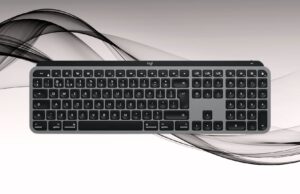Deadlifts are one of the best exercises for building full-body strength. However, not everyone can (or should) perform this exercise. Thankfully, there are plenty of effective deadlift alternatives.
So, which exercises replace the deadlift? We’ve got you covered. Plug the below moves into your workouts if traditional deadlifts aren’t a good fit for your body or you have limited equipment.
Deadlift muscles worked
Before we dive into the best alternatives, it’s helpful to know which muscles deadlifts work. This way, you know which muscles should be firing when you perform deadlift substitutes.
Deadlifts primarily target the muscles of your posterior chain on the back side of your body, according to the American Council on Exercise (ACE). These include the following:
- Glutes (butt)
- Hamstrings (back of thighs)
- Erector spinae (deep back muscles)
- Latissimus dorsi (mid-back muscle)
- Rhomboids (shoulder muscles)
- Trapezius (upper-back muscle)
You also recruit all your core muscles—especially your obliques (the muscles on the sides of your torso) and transverse abdominis (deepest ab muscle that goes from your ribs down to your pelvis)—to stabilize your torso.
And, of course, you use your forearm flexors to help you hold on tight the bar.
Deadlift pros and cons—and why you might need an alternative
Deadlifts are a versatile exercise with many benefits. They help you build full-body strength and especially improve leg, back, core, and grip strength. This has carries over into your daily life because it makes activities like picking up a heavy box from the floor easier.
Another benefit of deadlifts includes building muscle. Even though they’re usually categorized as a lower-body exercise, many people include deadlifts in a back-focused workout because they’re so effective at packing muscle on your lats, rhomboids and traps.
Building a strong deadlift can also improve athletic performance by strengthening the muscles that support running, jumping, and other athletic moves. The ability to produce more force in the weight room can make you faster and more explosive on the field or court.
However, deadlifts aren’t a good fit for many bodies. People who have a history of back pain may want to avoid this exercise/ Additionally, those who are taller often struggle to deadlift from strong and efficient positions. The same is true for people with limited hip mobility or a history of lower-body injuries. Deadlifts are also technically complex, and they might be intimidating if you’re new to the gym.
Thankfully, you don’t have to do deadlifts to enjoy the benefits of them. Many people find that other deadlift variations are a much better fit for their bodies. And if deadlifts are out of the question for you, you can still build strength and muscle in your legs, butt, and back using other alternatives.
The best deadlift alternatives
1. Good morning with sandbag
A good morning is a hip-hinging exercise that can be used in place of deadlifts. Instead of holding the weight below you with straight arms, you hold the weight on your upper body. This forces your core and back to work extra hard to keep you from falling forward.
You can do good mornings with a barbell on your back, but this won’t be a good fit for everyone. You might prefer to use a sandbag (other other weight, like a dumbbell) held in front of your chest because it’s easier to learn and requires less upper-body mobility.
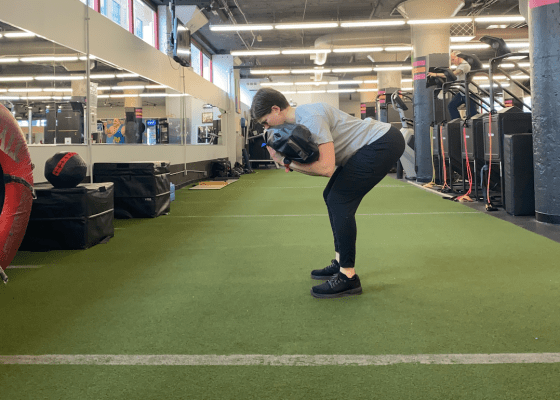
- Stand upright with your feet hip-width apart. Place a sandbag directly in front of your feet.
- Bend your knees slightly and reach your hips back until you can grab the handles of the sandbag with straight arms.
- Bring the sandbag to your chest by driving your legs hard into the floor, which should float the bag up and allow you to shoot your arms around it.
- Finish in a tall, upright position and pull the bag tight to your chest.
- Initiate your good morning reps by bending your knees slightly and reaching your hips back
- Continue reaching until you feel a big stretch in your hamstrings. Keep your chest tall and don’t let your torso collapse to the floor.
- Finish the rep by driving your legs hard into the floor and returning to your upright position.
- When you’re done with your set, carefully return the sandbag to the floor by reaching your hips back and unrolling your arms.
2. 45-degree back extension
Many people think of the 45-degree back extension machine as a lower-back exercise, but you can actually use it to build serious strength and muscle in your hamstrings and glutes.
The key to making this an effective deadlift alternative is to focus on bending from your hips—not your waist—and minimizing movement in your spine. You’ll need to set the support pads below your hips and use a smaller range of motion.
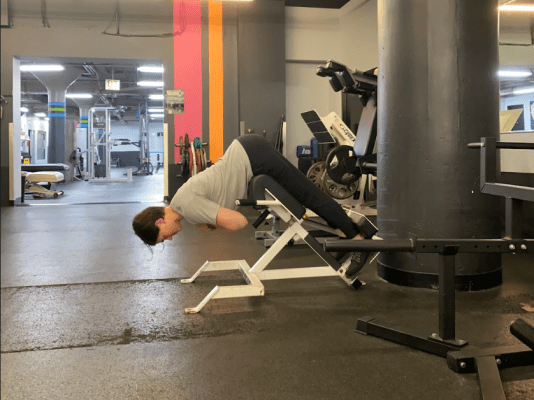
- Set up a 45-degree back extension machine so that the tops of the support pads are below your hips.
- Begin in a plank position with a straight line running from your shoulders through your hips, knees, and heels. Look down at the floor.
- Hinge forward by bending at your waist. Allow your torso to move toward the floor without rounding your low back. Keep hinging until you feel a big stretch in your hamstrings.
- Finish the rep by driving your thighs into the support pads and squeezing your butt.
- Return to your starting position and don’t hyperextend your low back at the top.
3. Hip thrust
Hip thrusts work many of the same lower-body muscles as deadlifts. Although they use a different movement pattern (they’re not a hip hinge), they can be a good alternative if you don’t feel comfortable with deadlifts.
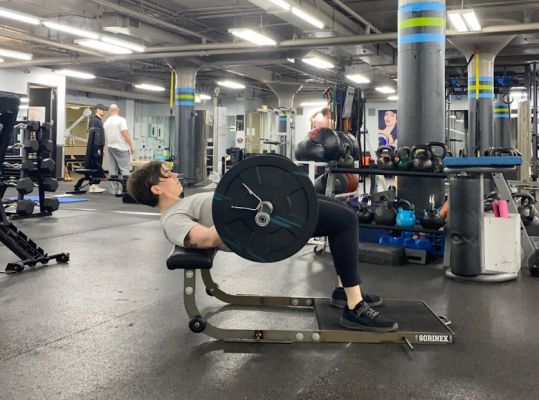
- Set up a barbell with bumper plates in front of a bench. Place a foam pad around the bar for comfort.
- Sit as tall as possible against the bench and roll the barbell into the crease of your hips. You may need to pull your legs closer to your body before beginning your set.
- Initiate the movement by driving your feet into the floor and driving your hips into the bar.
- Drive your hips up until your body forms a tabletop position and your hips are fully extended. Look ahead of you the entire time.
- Finish the rep by slowly lowering the bar all the way to the ground.
4. Leg curl with workout sliders
If you’re wondering if there are bodyweight alternatives for the deadlift, look no further. Leg curls target your hamstrings— but in a different way than deadlifts. Instead of using your hamstrings to extend your hips, you use them to bend your knees. Despite these differences, you can use the leg curl in place of a deadlift if you’re looking to target your legs.
One way to make the leg curl more of a full-body exercise (like a deadlift) is to use workout sliders instead of a machine. Machines allow you to use more weight, but doing a leg curl with sliders forces you to extend your hips and use your core muscles along with your hamstrings. You could experiment with both options to see what works best for you.
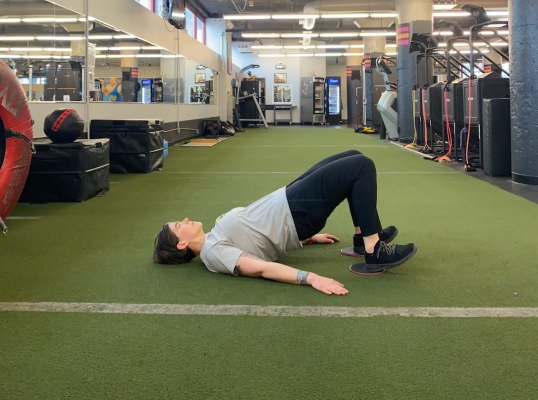
- Lie on your back with your knees bent and heels in the middle of the workout sliders.
- Lift your hips off the floor but don’t hyperextend your low back.
- Slowly slide your feet out away from your body as you straighten your legs.
- When your legs are straight, curl your feet back to the starting position. Keep your hips off the floor for this part for an extra challenge.
5. Straight-arm pulldown with hip hinge
Can you build back muscles without deadlifting? One downside to swapping out alternative lower-body exercises for deadlifts is that you don’t get as many back gains. However, the straight-arm pulldown with hip hinge helps with this by training your back muscles similarly to how they work during deadlifts.
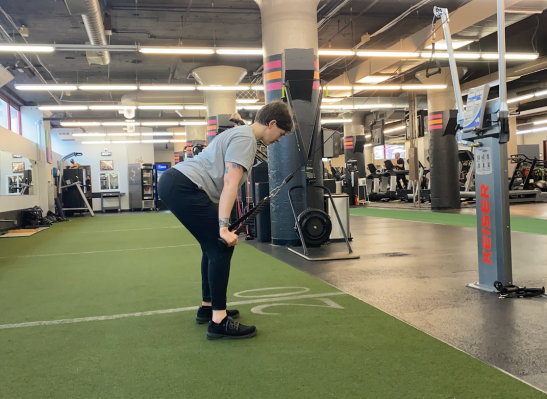
- Set up a cable pulley at the highest setting and attach a rope or straight bar.
- Grab the bar with your hands shoulder-width apart.
- Take a few steps back away from the machine and hinge at your hips, bending your knees slightly and reaching your hips back behind you. Try to feel a stretch in your hamstrings. Hold this hinge position for your entire set.
- Pull the bar in a sweeping motion down toward your legs. Keep your arms straight and try to feel your upper- and middle-back muscles working.
- Once you pull the bar to your legs, finish the rep by slowly returning it to the starting position out in front of you. Always keep your arms as straight as possible.
Tips for avoiding injury
The best way to reduce your risk of injury when doing the above deadlift alternatives is to take your time. Don’t be in a rush to lift the heaviest possible weight for dozens of reps. Give your body plenty of time to adapt to the stress of training instead of overloading it with too much, too soon.
It’s also a good idea to perform a warm-up before jumping into any of these moves. Begin with a few minutes of cardio and/or mobility drills to elevate your body temperature and get your joints moving. Then, perform a few ramp-up sets at lighter weights before you arrive at your heaviest working weight.
Finally, it’s important to recognize that pain and injuries are complex and rarely have just one cause. Factors outside the gym— such as sleep, nutrition, stress, and your environment—can all increase your injury risk.
Giving yourself plenty of time for rest, recovery, and relaxation is one of the best things you can do to reduce your risk of injury during your workouts.





